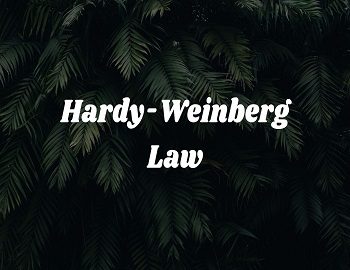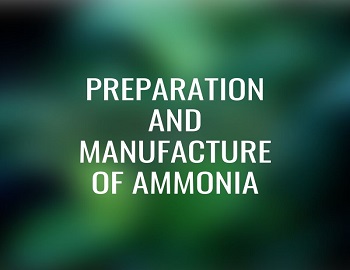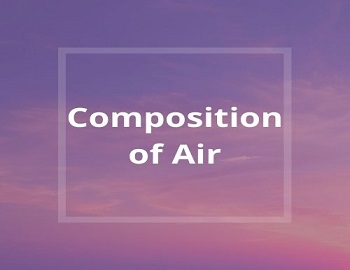Hardy-Weinberg Law:
In 1908, G.H. Hardy (an English mathematician) and W. Weinberg (a German physicist) independently developed a basic algebraic formula to describe the genetic structure of a population. The gene frequency in a population is based on the laws as prepared by Hardy-Weinberg. Therefore, it is called Hardy-Weinberg law. According to this law gene frequency in a population remains constant from generation to generations if no evolutionary processes (for example- migration, mutation, selection, genetic drift) are operating. But in practice gene frequencies go on changing in the population because migration, mutation, selection, genetic drift, etc. operate in natural ways.
Take an example of a human population where tasting ability varies for the chemical phenylthiocarbamide (PTC). the bitter taste of PTC is experienced only by some humans but not all. The fraction of the population that experiences taste has genotypes as TT (homozygous) and Tt (heterozygous) dominant alleles over non-tasters who have genotype tt as a recessive character. The mating between heterozygous (Tt x Tt) results in offsprings in the ratio 1TT:2Tt:1tt. If there are two alleles T and t, and the frequency of T is p and that of t is q, then the frequencies of these genotypes will be as follows-
p2 + 2pq + q2 ……………. (i)
This equation is known as the Hardy-Weinberg equation. The sum of all allelic frequencies and sum of genotypic frequencies must remain 1; then p + q = 1. Therefore, p2 + 2pq + q2 = (p + q)2 = 1. According to Hardy-Weinberg law, the gene frequencies would remain constant after one generation of random mating.
Conditions For Hardy-Weinberg Law:
The Hardy-Weinberg Law holds true only when certain conditions are fulfilled. Some of the important conditions are-
- The mating should be completely at random. Random mating or Panmixis mean an individual of a genotype selects an individual of any genotype without showing preference to any of the possible genotypes. But when an individual of a genotype prefers to take an individual of a particular genotype as mate, it is termed as non-random or assortive mating. Assortive mating is observed in many populations, more particularly in terms of certain traits. Example- body size, intelligence, skin colour, height etc. A tall person may like to have a tall one as his or her mate. Likewise, an intelligent one may prefer to marry an intelligent one. But in general random mating is widely practised.
- Mutation from one allele to another if continues, the genetic composition will be affected. If the O allele is mutated to give rise to O1, the frequency of O will be altered. However, the rate of mutation is slow. Even then mutation as a factor deserves consideration.
- No selective force should be in operation to favour an allele at the cost of the other. Both the alleles should be adaptively neutral. Otherwise, persons with unfavourable allele may die before they attain reproductive age. Even if they reach that age and marry, they may not be able to give birth to the average number of children. As a result, the genetic composition of the populations will be disturbed. In this context the effect of differential fertility should be kept in mind.
- The population should be completely in isolation. There should not be any gene flow to and from the population, so that infusion of a new gene and withdrawal of a gene may not disturb the original gene pool.
- The population should be infinitely large.
There are other few considerations like the males and females of the population should have identical gene frequencies and parent’s hereditary contribution to their offspring are equal.









Comments (No)